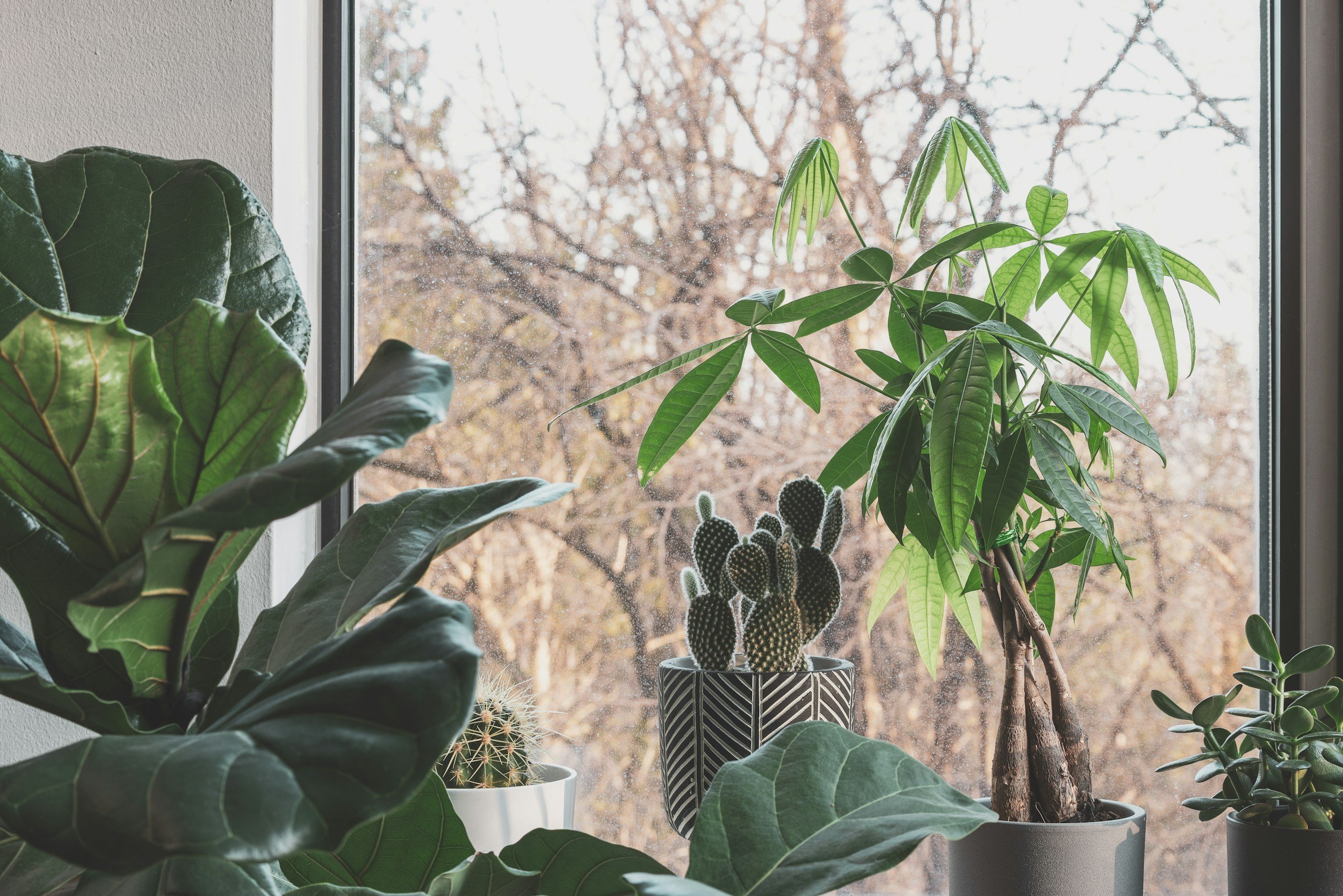Your environment can have a significant impact on your mind, body, and spirit. We are animals, we are supposed to be IN nature, you don’t ever see squares in nature, yet our homes are boxes. Below are techniques I use.
Influences from your space:
Natural environments
Numerous scientific studies have shown that exposure to nature and natural environments has a positive impact on mental health. Being in natural surroundings, such as parks, forests, or near bodies of water, has been found to reduce stress, improve mood, enhance cognitive function, and increase overall well-being.
Blue spaces
Bodies of water, such as lakes and rivers, can also have mental health benefits. If you are not near any blue spaces, bring them into your home - water fountains area a great start.
Personalization
Making your space reflect your personality, with items that are meaningful to you, can improve your daily mood and emotional well-being.
Clutter
Cluttered space, cluttered mind! Ever wonder why you can’t think straight when your house is a mess. Disorganized spaces can lead to low energy and increased vulnerability to distractions.
Lighting
Insufficient daylight is associated with increased depressive symptoms. The hue or tone of the light can completely transform a space. Brining in natural light and mimicking the sun is the best way to sooth any space!
Feng Shui Principles
Qi (Chi): The life force or energy that flows through all living things and environments. Feng Shui seeks to optimize the flow of qi to enhance health, prosperity, and well-being.
Yin and Yang: The balance of opposites (dark and light, soft and hard, etc.) that must be harmonized within a space to achieve balance and harmony.
Five Elements: Wood, Fire, Earth, Metal, and Water—representing different energies and their interactions. Balancing these elements in a space is crucial for optimal Feng Shui.
Bagua Map: A key tool used in Feng Shui to map out areas of a space and relate them to different aspects of life (such as health, wealth, relationships) to determine optimal placement of objects and furniture.
Placement and Orientation: Strategic positioning of furniture, decor, and architectural elements to optimize energy flow and create a harmonious environment.



